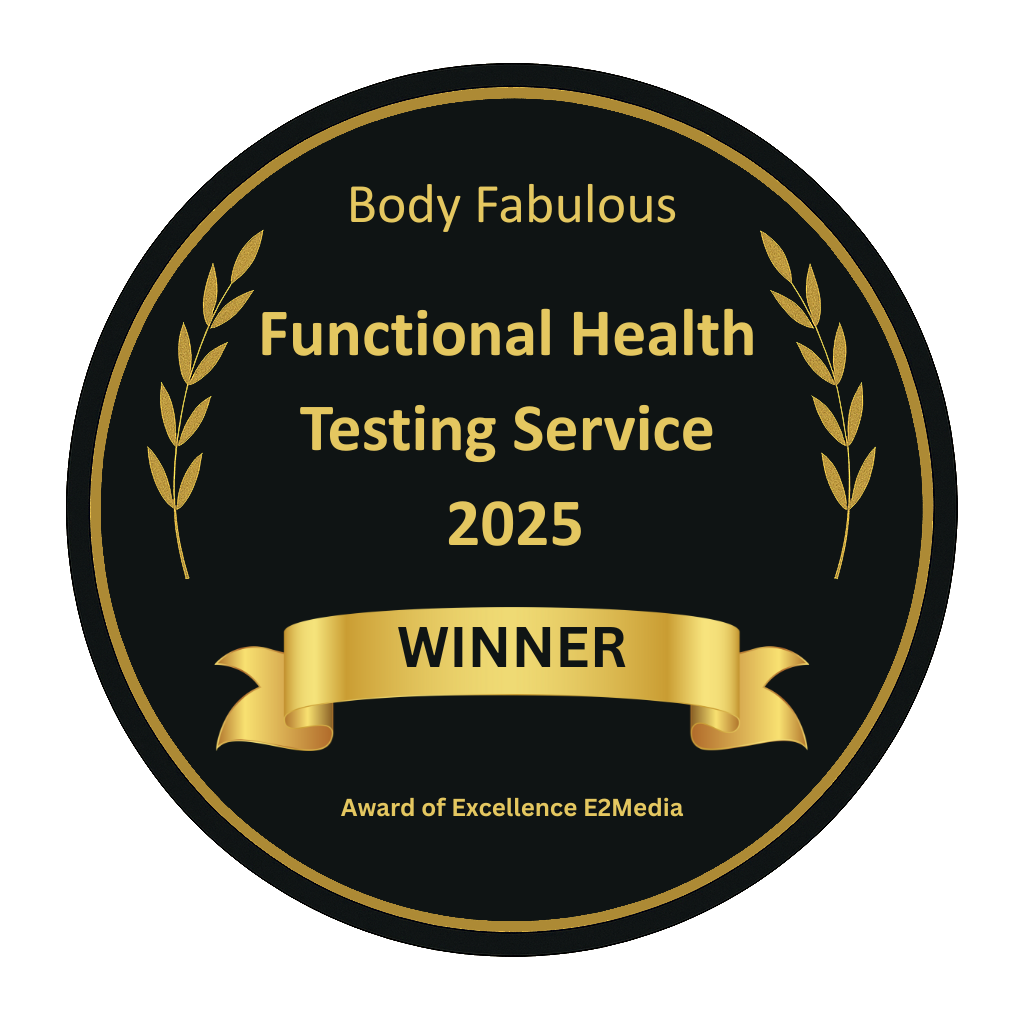Trigeminal Neuralgia
/Trigeminal neuralgia is a chronic pain disorder that affects the trigeminal nerve. There are two main types: typical and atypical trigeminal neuralgia. The typical form results in episodes of severe, sudden, shock like pain in one side of the face that lasts for seconds to a few minutes.
Diet Intake
“Pain-safe” foods include brown rice, cooked or dried fruits such as cherries, cranberries, pears and prunes, and cooked vegetables such as artichokes, asparagus, broccoli, chard, lettuce, spinach, beans, squash and sweet potatoes.
Monounsaturated fatty acids should be included in your diet as these are high in essential fatty acids necessary for efficient metabolism thus helps in reducing inflammation. Monounsaturated fats are found in natural foods like nuts and avocados, grape seed oil, ground nut oil, sesame oil, hazelnuts, almonds, cashews and peanuts. Omega 3 fatty acids and Vitamin B are required to strengthen the cranial nerves, including the trigeminal nerve.
The fruits and vegetables that are rich in Omega 3 and Vitamin B are eggs, milk, yogurt, walnuts, flaxseed, pumpkin seeds, brussel sprouts, kale , mint , parsley ,legumes, nuts, whole grains and leafy greens. Vitamin A rich foods would also be beneficial for boosting the immune system so apricots, carrots, cabbage, frozen peas, mango, parsley, tomatoes are great to include.
Foods to avoid
Diet rich in saturated fats and high glycemic index foods stimulate inflammation i.e., excessive saturated fats blocks the body from repairing the damage caused to the nerves in the face. Foods that contain a high proportion of saturated fat are butter, ghee, suet, lard, dairy products (especially cream and cheese), fatty meats as well as prepared foods like microwave meals. Foods that are rich in high glycemic index are soft drinks, white bread/rice, potatoes, beer, cake, commercial cereals etc.
Since the trigeminal nerve and its fibers are responsible for almost all sensations in the face, anything that creates a significant change in the mouth is a potential pain trigger. That includes foods that cause sensations of heat (salsa, chili, and hot sauce), cold (mint), sweetness, and sourness. The sharper the sensation, the more likely the food is to activate signals that set off the pain triggering fibers. Some patients have reported trouble with spices such as cinnamon, ginger, nutmeg, and black pepper. People whose primary trigger zone is the nose may get pain when eating foods with strong odours or from steamy foods.
The effect of diet upon facial pain is individualised, so the things that stimulate one person’s pain may not affect another. Some facial pain patients have said they were able to reduce their pain by reducing or avoiding intake of fatty foods, caffeine (coffee, tea, chocolate and many soft drinks) and aspartame, the artificial sweetener.
Alternative treatments
Alternative treatments for trigeminal neuralgia are similar to those for occipital neuralgia, although there are some differences as the pain of trigeminal neuralgia is in the face rather than the back of the head. Some of these treatments include:
1. Homeopathy has been known to help some patients. Remedies are tailored to the person’s overall constitution and symptoms rather than to specific conditions so it is better to see a qualified homeopath who will take a medical history.
2. Acupuncture may help. A study at Tsurumi University School of Dental Medicine found that five out of 10 trigeminal neuralgia patients were restored to a pain-free state, four had a reduction in pain and the remaining one still had severe pain. They concluded: "meridian acupuncture treatment is useful and can be one therapeutic approach in the management of trigeminal neuralgia."
Supplements - The treatment of trigeminal neuralgia can be challenging
1. Vitamin B12 supplementation. This vitamin helps promote healthy nerve function. and in the search for alternatives, vitamin B12 has been found to be a clinically useful pharmacological useful tool for patients with neuropathic pain.
2. Omega 3. To help strengthen nerves and ease inflammation.
3. CBD - Evidence suggests that cannabinoids may prove useful in pain modulation by inhibiting neuronal transmission in pain pathways. Considering the pronounced antinociceptive effects produced by cannabinoids, they may be a promising therapeutic approach for the clinical management of trigeminal neuralgia.
















